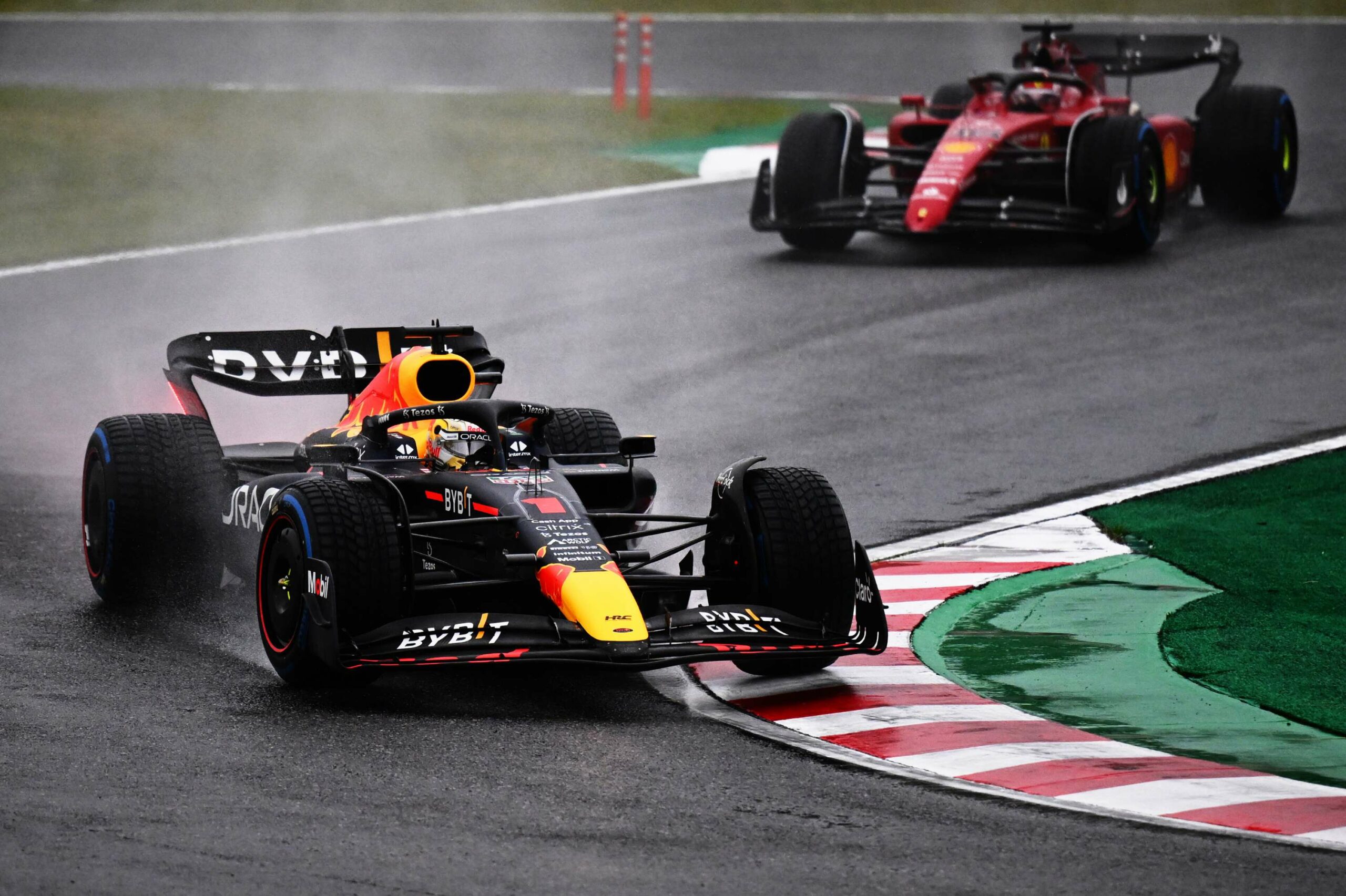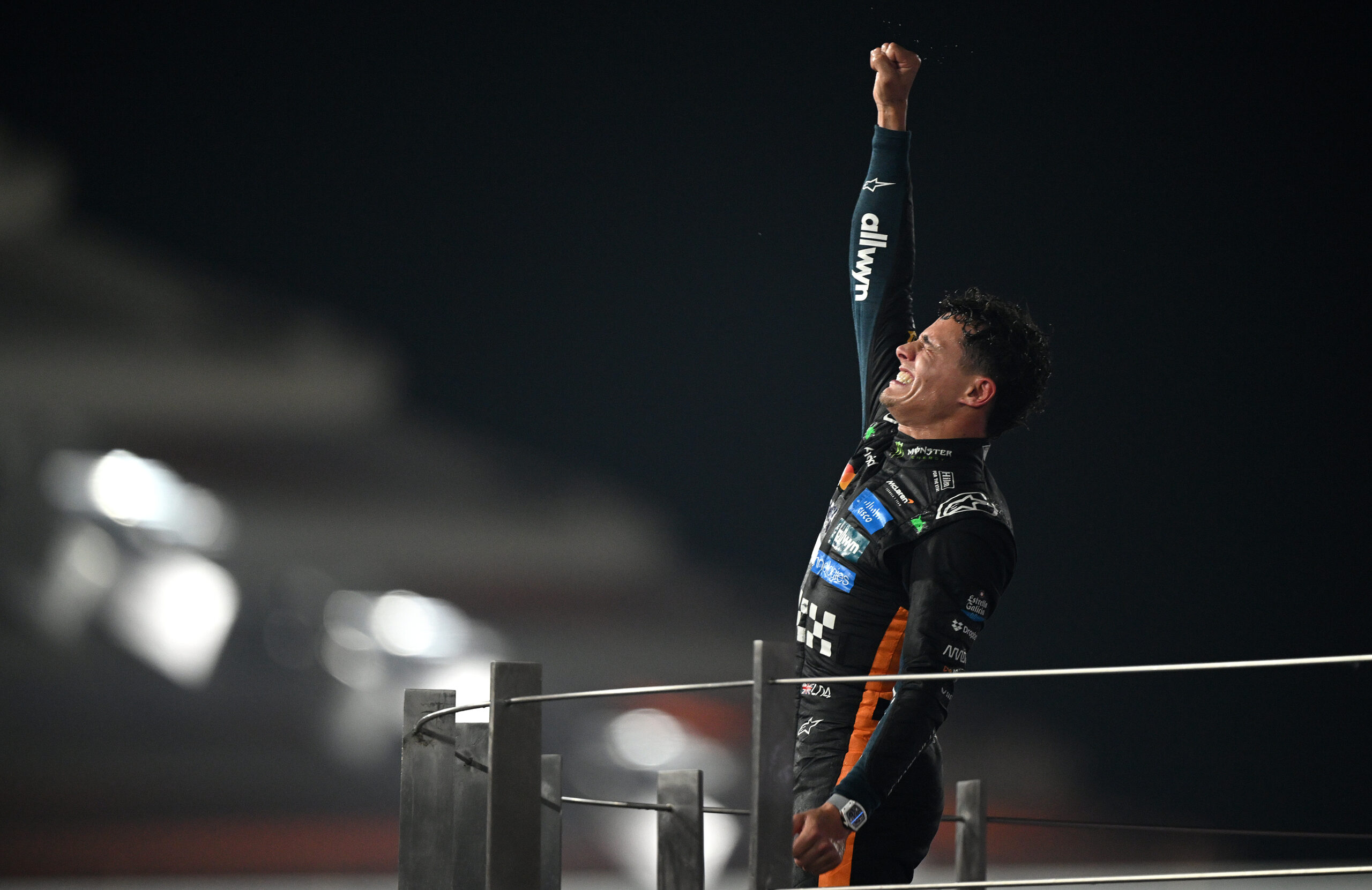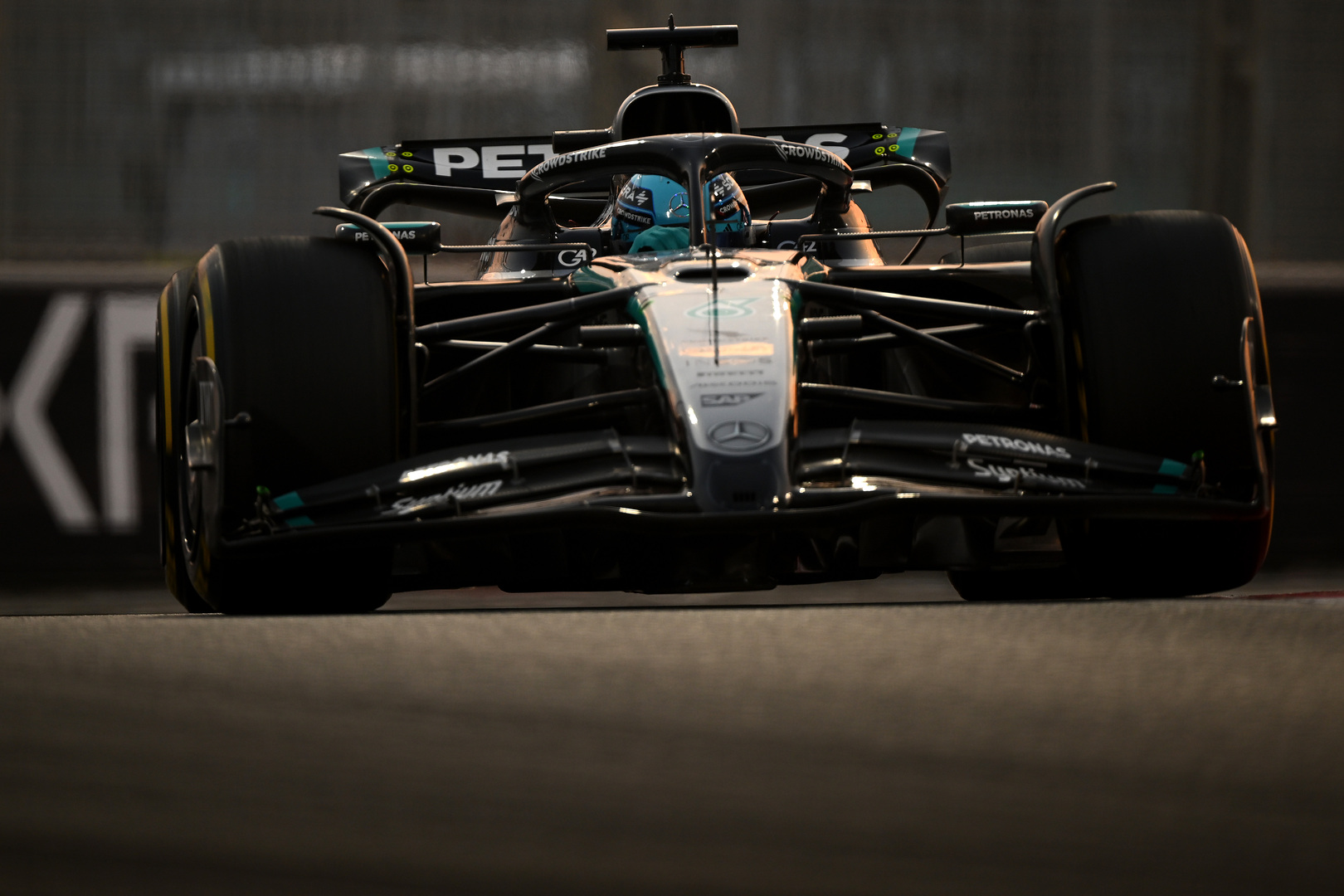By Connor Bacon
With F1’s wet weather tyres only really being used under safety car conditions in recent years, the FIA have approved a new specification at a commission meeting on Tuesday.
The new tyre is said to be “more performant” than the current spec, which has been criticised by many in the paddock, including Max Verstappen who said that they were “too slow” and unable to carry a lot of water.

Photo: Red Bull Content Pool
“We know that we have to improve especially wet tyres in terms of warm up and performance,” said Pirelli F1 boss Mario Isola at a press conference late last year.
“It is good to have some wet conditions in cold conditions as one target is to remove the blanket from the wet tyres in 2023.”
The tyres were tested at Paul Ricard and Fiorano over the winter and will be available to use from the Emilia Romagna Grand Prix in May – and as Isola noted will not require tyre blankets.
Along with the new specification the FIA said that they are “grateful” for the offers of support from the teams for a ‘wet weather package project’, which will mean putting wheel arches on the cars in wet conditions to reduce spray.
The governing body revealed that a technical directive is being prepared to allow teams to conduct work on the package outside the Aerodynamic Testing Restriction (ATR) and the cost cap, with track testing planned for around the summer of this year.
FIA Single Seater Director Nikolas Tombazis spoke to media late last year about the wheel arches and why they may become an important feature to F1 cars in wet conditions.
“We only think it’s going to be something that hopefully gets used on a couple of occasions a year, maybe three”, he said. “We don’t want it every time there’s a drop of rain.
“But we are just very worried we may end up [not being able to race].
“Spa of 2021 still left scars on the sport because it was unfortunate circumstances, it would have been 10 times worse if we had gone all the way to Japan and had to pack up again.
“So, we really need to avoid that. We have so many people watching, spectators buying tickets, teams travelling all over the world and then suddenly just say we can’t race is irresponsible, almost.
“It will just bring the raceable conditions from what is currently mainly [only using] intermediate tyres.
“Currently, you almost never race with wet tyres, so I think it will bring it well into wet tyre territory.”
Tombazis said that he believes that it will be possible to improve visibility caused by the spray by up to 50%, which will not only improve the chances of going racing in poor conditions, but also massively improve safety.





